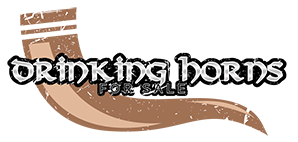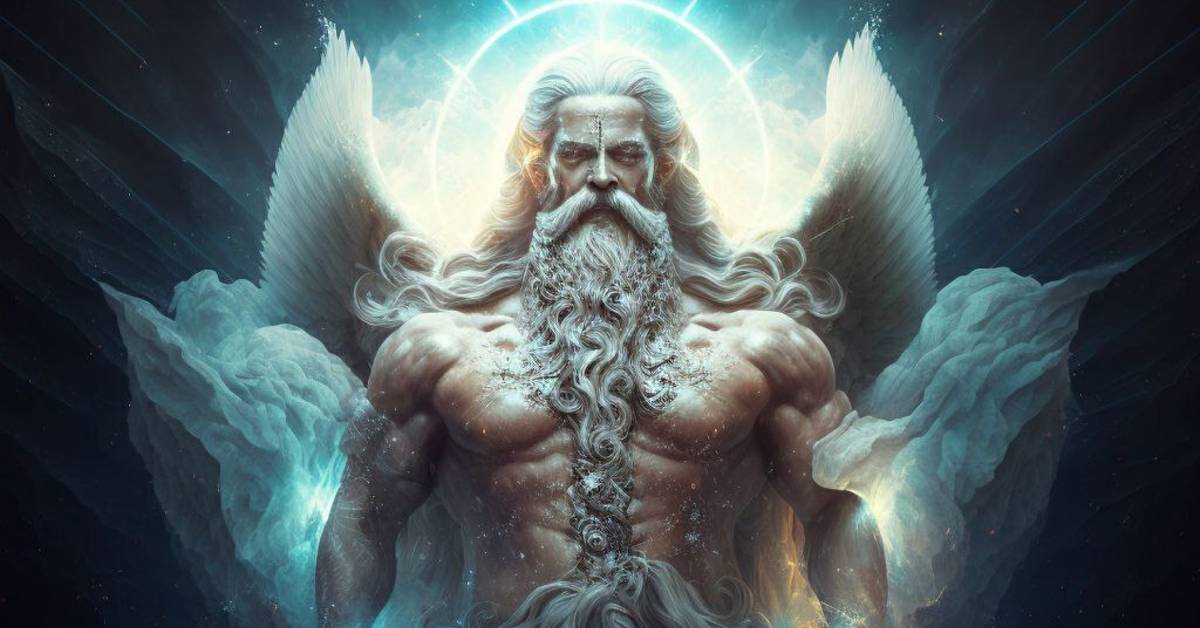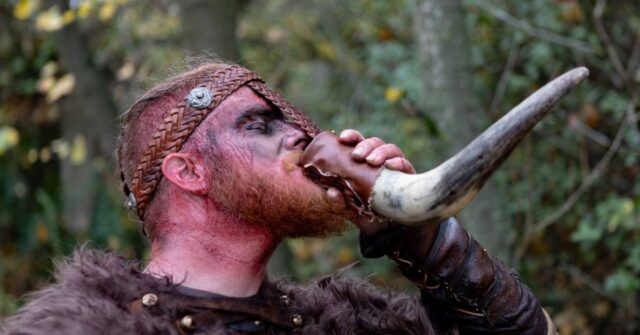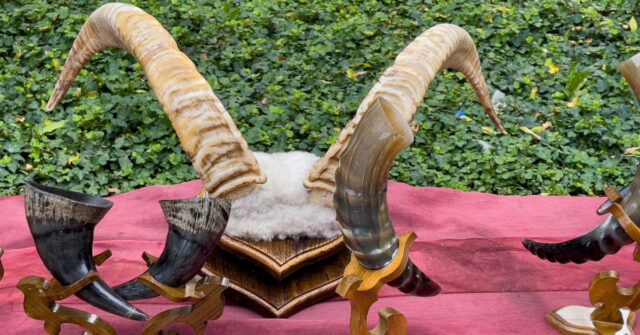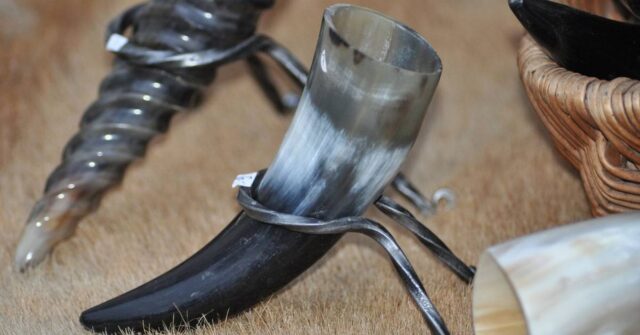Delving into the past, we encounter intriguing tales of gods, mythical creatures, and symbolic artifacts that continue to shape our understanding of human cultures and their narratives.
One such potent artifact is the drinking horn, which appears in several mythologies across different cultures.
This article explores the roles, symbolism, and depictions of drinking horns in these ancient tales and their modern representations.
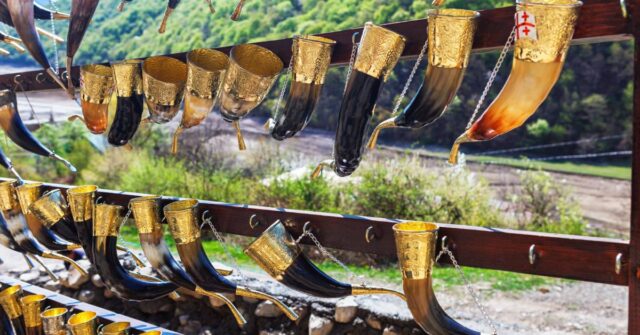
Introduction to Mythical Drinking Horns
Drinking horns, as the name suggests, were originally made from animal horns and were used as drinking vessels in various ancient civilizations.
These intriguing objects were not only practical but also held significant symbolic and ceremonial roles in different mythologies.
Origins and Historical Background
The use of drinking horns dates back to the Iron Age or even earlier. Originating in the Near East, these artifacts soon spread to the Nordic cultures, Greeks, Celts, and Romans among others.
Their presence in myths and epic tales, often associated with gods, heroes, and rituals, highlighted their importance in these societies.
Symbolism of Drinking Horns in Mythology
While drinking horns served a practical purpose, their metaphorical representation extended to signify divine connection, abundance, and heroism.
Often filled with mead or wine, they were considered conduits of magical properties and the ‘drink of the gods’.
The Role of Drinking Horns in Various Cultures
The cultural significance of drinking horns varied with the civilization in which they were used. They were often central to many mythical tales, signifying the strength of heroes or the largesse of the gods.
Norse Mythology
In the rich tapestry of Norse mythology, drinking horns hold a revered position, appearing in stories symbolizing wisdom, power, and magic.
The Mead of Poetry
The Mead of Poetry, a mythical beverage that bestows wisdom and poetic prowess to the drinker, was said to be drunk from a horn. This highlights the drinking horn’s symbolic role as a vessel of divine wisdom.
Thor’s Challenge in Utgard
In another tale, the mighty god Thor is tricked into drinking from a horn connected to the sea, representing the horn as a test of heroic strength.
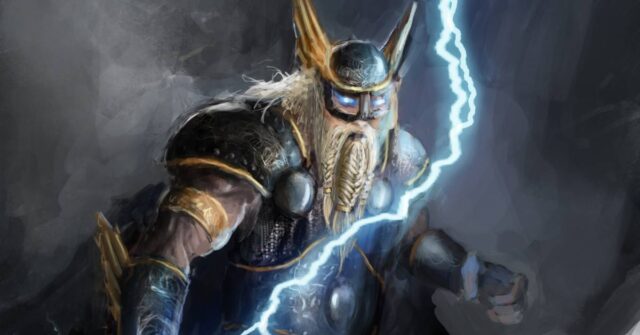
Celtic Mythology
The Celts, known for their intricate symbolism, also associated significant mystical properties with drinking horns.
The Horn of Brân Galed
The Horn of Brân Galed is a legendary Celtic artifact said to possess miraculous properties, strengthening the connection between drinking horns and magic.
Caesg Mermaid’s Drinking Horn
In another Celtic legend, a mermaid gifts a drinking horn that has the power to predict the future, further enhancing the mystical allure of these artifacts.
Greek Mythology
The Greeks, with their pantheon of gods and love for wine, naturally featured drinking horns prominently in their mythos.
Horn of Amalthea
The Horn of Amalthea, belonging to the goat that nursed Zeus, was said to overflow with food and drink, symbolizing abundance and prosperity.
Dionysus and the Drinking Horn
Dionysus, the god of wine, was often depicted with a drinking horn, representing revelry and the transformative power of wine.
Roman Mythology
The Romans, influenced by the Greeks, also incorporated drinking horns into their myths.
The Cornucopia
The cornucopia, or ‘horn of plenty’, is a direct adaptation of the Greek Horn of Amalthea. It became a symbol of abundance and was often associated with the goddess Fortuna.
Symbolic Meanings of Drinking Horns in Myths
The symbolic meanings attributed to drinking horns in these tales often reflect the cultural values and beliefs of these ancient societies.
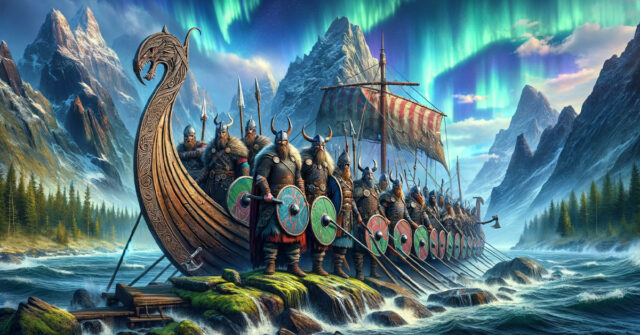
Connection with the Divine
Drinking horns, often associated with gods, represented a tangible connection to the divine. They were seen as conduits of divine blessings or gifts.
Symbol of Abundance and Fertility
Drinking horns, especially those overflowing with drink, symbolized abundance, plenty, and prosperity. They were also associated with fertility, given their connection to feasts and celebrations.
Expression of Heroism and Valor
Myths often feature heroes undertaking challenges involving drinking horns. Their ability to drink from these vessels signified their strength, courage, and heroic virtues.
Artistic Representations of Drinking Horns
Mythical drinking horns have not only captivated ancient societies but continue to inspire modern literature, art, and media.
In Literature
From epic sagas to contemporary fantasy, drinking horns have featured prominently in literature.
Epic Poems and Sagas
Epics and sagas, such as Beowulf and the Eddas, contain descriptions of warriors feasting with drinking horns, highlighting their societal importance.
Modern Fantasy Literature
Modern fantasy literature, inspired by these ancient cultures, often includes drinking horns. They add a touch of authenticity and enrich the world-building process.
In Visual Art
Visual art, ancient and modern, often utilizes the imagery of drinking horns to convey symbolic meanings.
Sculpture and Relief
Relief sculptures, tomb carvings, and statues from ancient times often depict deities or heroes with drinking horns, reinforcing their cultural significance.
Painting and Illustration
From Renaissance paintings to modern fantasy illustrations, drinking horns continue to feature as symbols of power, abundance, or divine connection.
In Film and Television
Popular film and television series, particularly in the fantasy genre, use drinking horns to add a touch of historical and cultural realism.
Modern Adaptations and Uses of Drinking Horns
Today, drinking horns are no longer everyday objects, but their mythical allure endures in various forms.

In Ritual and Ceremony
Some neo-pagan rituals and Renaissance fairs incorporate drinking horns, reflecting a continuity of these ancient traditions and beliefs.
In Folk and Fantasy Festivals
Drinking horns often feature in fantasy events, medieval fairs, and Viking festivals as props or drinking vessels, adding a sense of historical authenticity.
As Decorative Artifacts and Collectibles
With their rich history and symbolism, drinking horns have become popular as decorative items or collectibles, often crafted with intricate designs.
Conclusion: The Lasting Legacy of Mythical Drinking Horns
Drinking horns, steeped in myth and symbolism, continue to capture our imagination.
Whether as symbols of divine connection, abundance, or heroism, they have transcended their practical function to become enduring icons of our shared mythic heritage.
